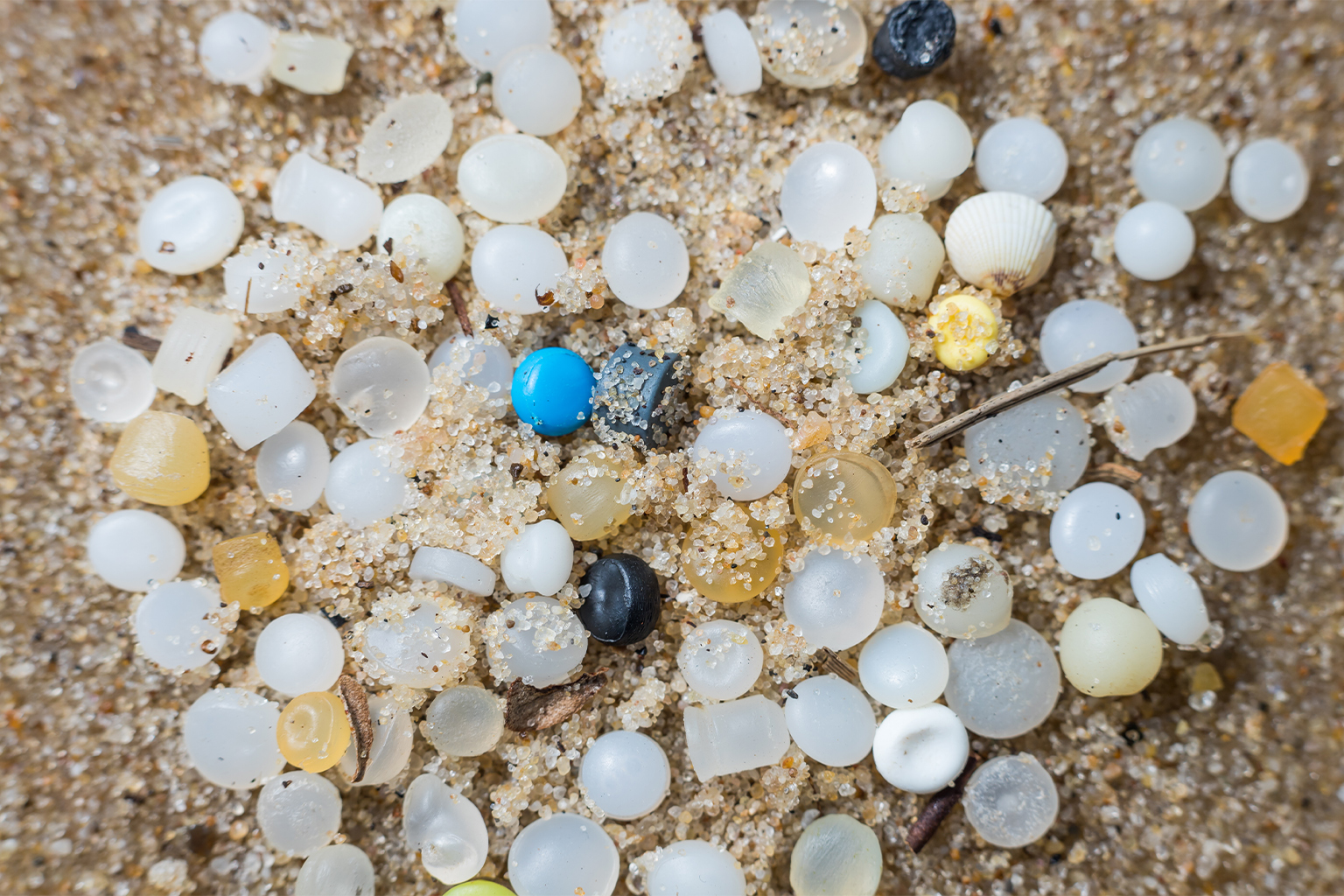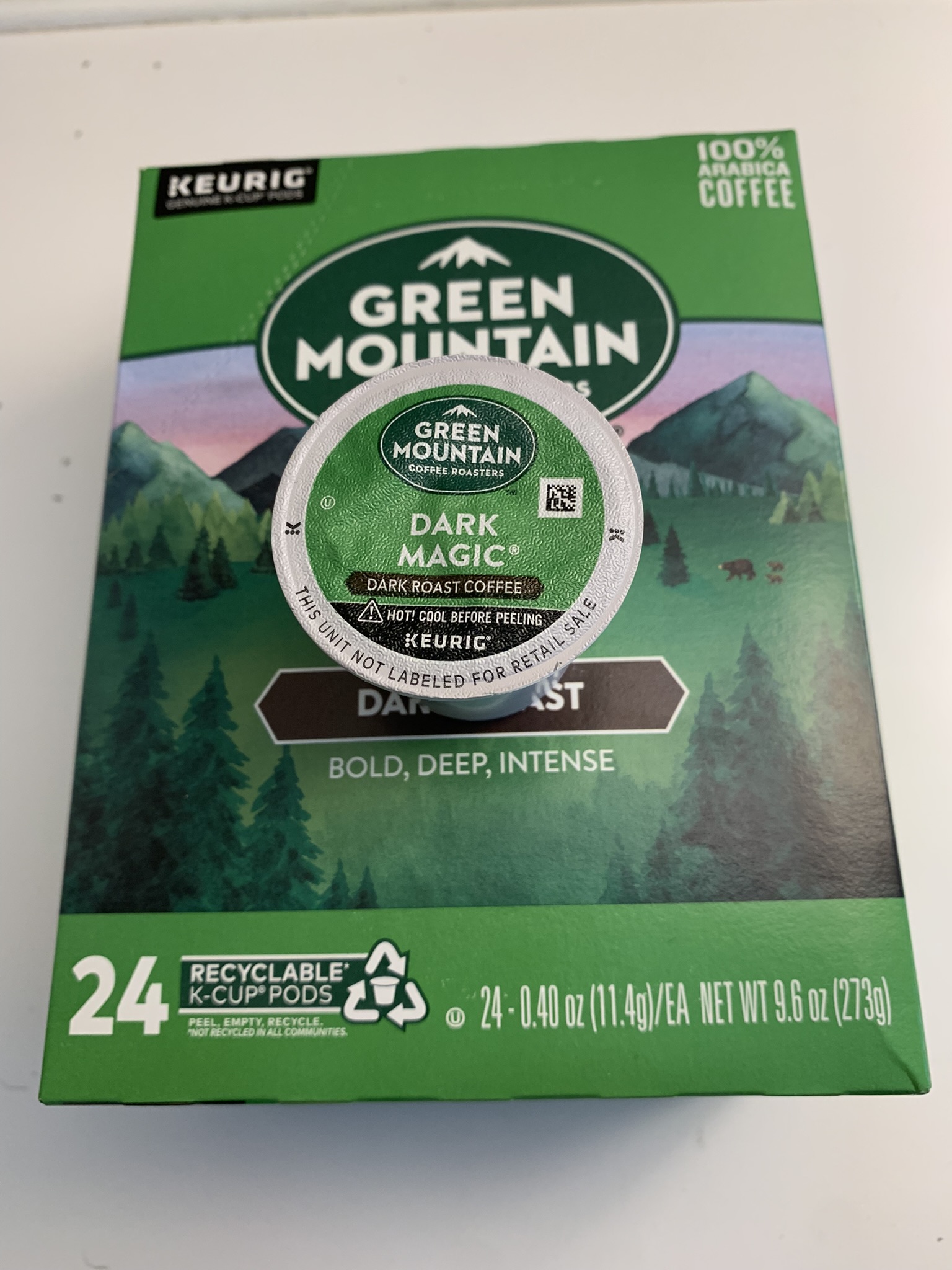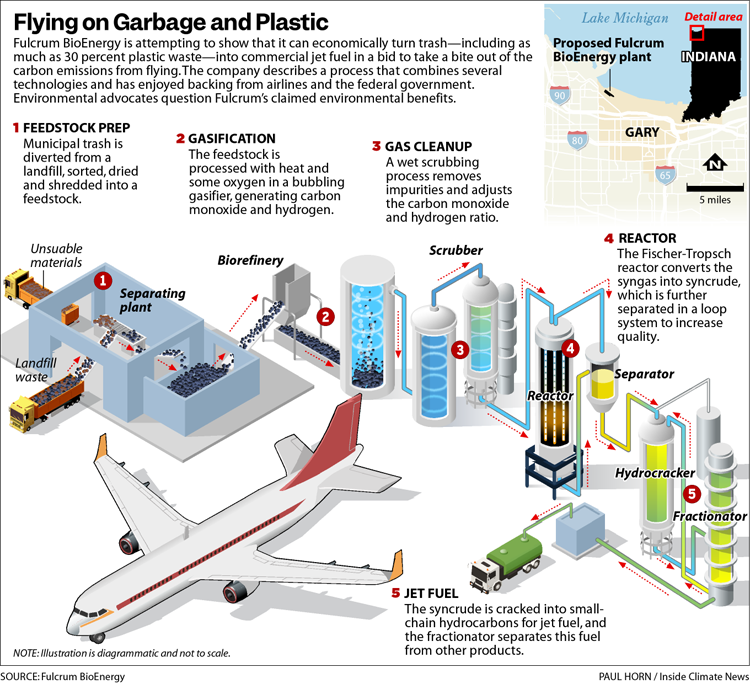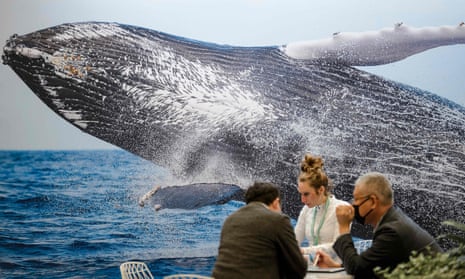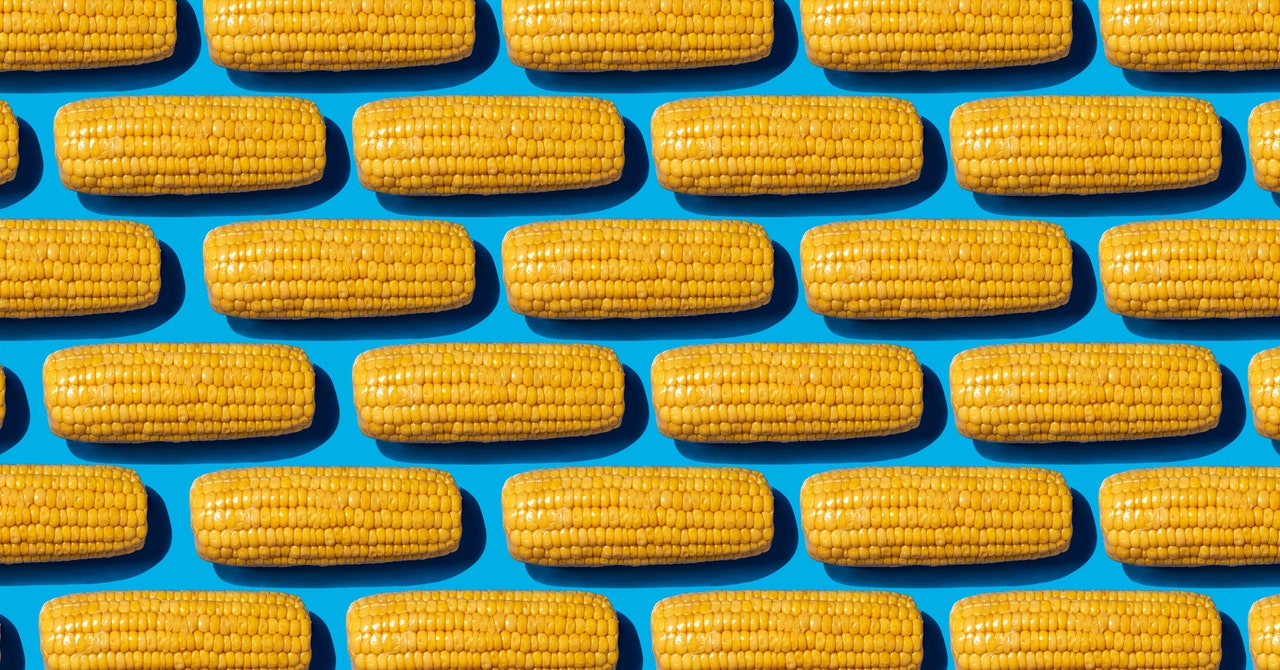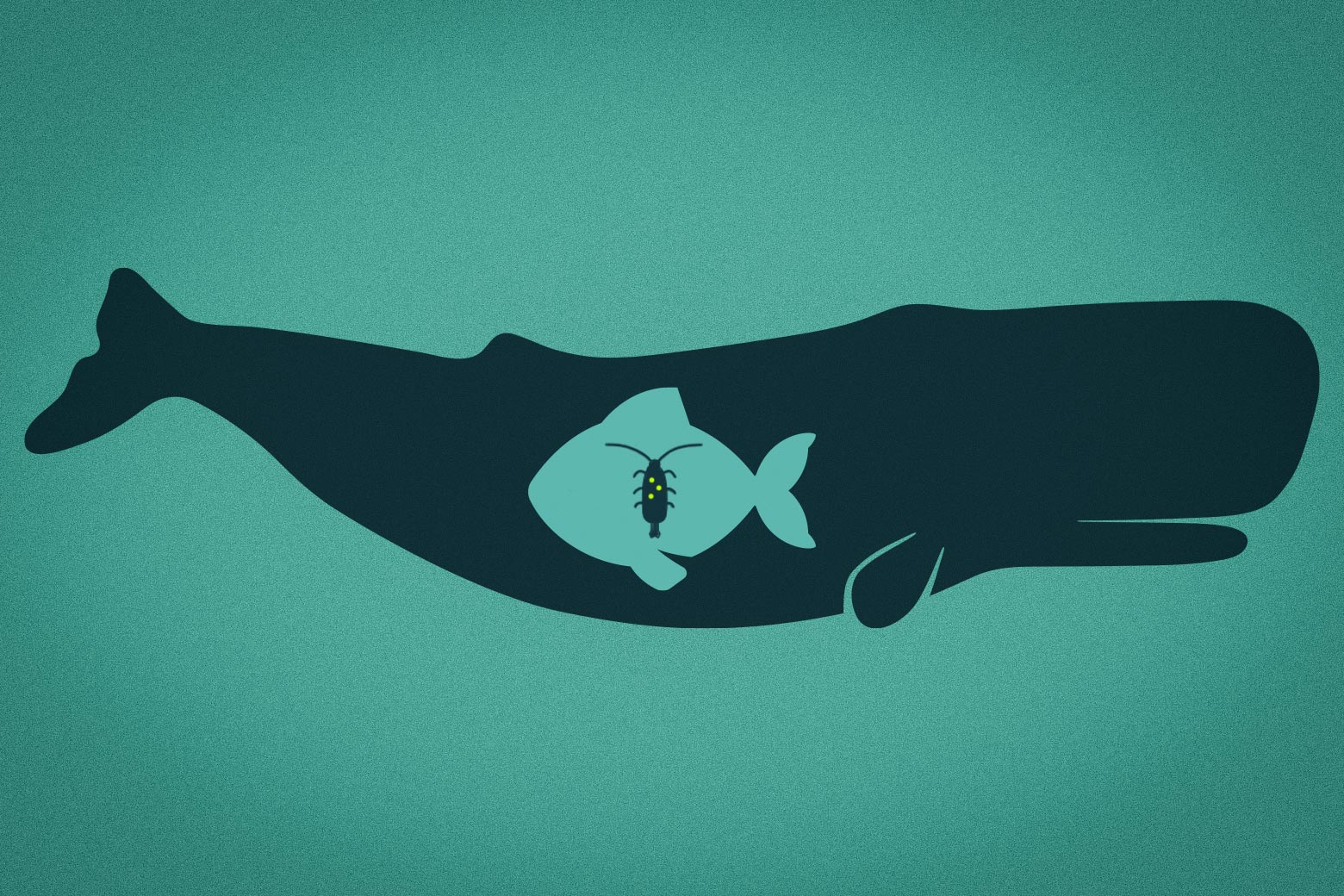Tiny plastic pellets called nurdles are a major source of global pollution, littering waterways, harming ecosystems and threatening marine life.But plastic pellet pollution is preventable, according to a new report by the international conservation group Fauna & Flora International (FFI), and it’s one piece of the global plastic problem that can and should be tackled.Solving the problem will require coordinated efforts by companies, governments and the International Maritime Organization (IMO), according to FFI. The building blocks of almost all plastic items on the planet are little lentil-sized petrochemical-derived pellets, called nurdles, that are melted together and shaped to create larger plastic products. These nurdles are the raw material for making water bottles, automobile parts, food containers and countless other products we use in daily life.
These pellets pose a huge pollution problem long before they are turned into the products we know and use — littering beaches, absorbing and accumulating bacteria from seawater, smothering seagrass meadows and being mistaken as food by marine animals. Yet this pollution is entirely preventable, according to a recent report by the international conservation organization Fauna & Flora International (FFI).
According to Tanya Cox, FFI marine plastics senior technical specialist, the group worked collaboratively with a broad range of academics, trade associations, corporations, NGOs and policymakers to identify different sources of microplastic pollution. They aimed to identify potential improvements in policies and practices through mandatory measures that can help eliminate the pollution sources by preventing pellet loss at all stages of the supply chain.
Plastic pellets are a significant source of microplastic pollution around the globe, accumulating on beaches and coastlines, breaking down into tiny bits from weathering and destabilizing ecosystems. Yet nurdles are not paid enough attention in discussions of plastic pollution, the report stated.
Plastic pellets on a beach at Norfolk, England, in January 2019. Photo by Ed Marshall/Fauna & Flora International.
Coastal countries are particularly vulnerable to cargo vessel nurdle spills, Cox said, because global shipping routes pass close to coastlines. In 2021, the cargo ship MV X-Press Pearl caught fire off the coast of Sri Lanka carrying more than 1,600 metric tons of plastic pellets. The pellets that were spilled, in what is now considered s the largest spill on record, contaminated not only the waters around Sri Lanka, but also far-away shores where ocean currents carried these billions of pellets.
“If there’s another incident like the X-Press Pearl, any neighboring state is vulnerable to the impact that pellet pollution has once it is in the environment,” Cox said.
According to the report, plastic pellets contain toxic additives; they absorb and accumulate bacteria and environmental pollutants from the water in which they float. These contaminants impact biodiversity, marine life and human health.
Frequently, the small pellets are mistaken for food by marine animals. Once ingested, the contaminants act as a “poison pill” for sea life. It is suspected that pellets are harming species across the taxonomic spectrum, the report stated. They are eaten by a wide variety of marine life, from zooplanktons — which are at the base of the marine food web — to migratory birds, sea turtles and mammals such as seals. Microplastics are now ubiquitous: They’re in the food we eat, the water we drink and even the air we breathe. The full potential impact of plastic pollutants on human bodies, however, is still currently being studied.
“This is a preventable source of pollution that is beyond the immediate control of the consumers,” Cox said. “It’s not something that the public can necessarily eliminate by changing their behavior in the same way that plastic bag pollution can be tackled.”
In general, individuals can address the overall plastic pollution problem by reducing plastic bag use or shifting to more environmentally friendly alternatives. But individuals can do little to reduce plastic pellet pollution since nurdles are leaked into the environment at various stages along the industrial supply chain — before plastic products are made and before consumers buy them.
To end plastic pellet pollution, the FFI report called for a “robust, coordinated regulatory approach from industry, governments, and the International Maritime Organization (IMO).” Pellet pollution is a global challenge and all countries must commit to mandatory measures that prevent pellet loss and spills on land and at sea, Cox said.
“In order to fully tackle this problem, there has to be complementary, coordinated legal measures that require companies to do everything they can to prevent plastic pellet loss,” she said.
Mouth of the Pasig River along Baseco Compound in the Philippines in November 2018. Image courtesy of Ezra Osorio.
Plastic in the Philippines
The Philippines is one of the largest contributors of plastic pollution to Earth’s oceans. It is an archipelagic country, composed of more than 7,000 islands and many densely populated coastal urban areas, where huge amounts of mismanaged plastic waste enter into waterways, estuaries, ports — winding up on beaches and in the sea.
According to a 2020 research paper, marine biodiversity across the entire archipelago is under threat due to microplastics ingested by aquatic organisms. The study found that sardines in the Philippines’ major fisheries are very vulnerable to microplastic pollution; approximately 85% of the sardines examined at various catch landing sites contained microplastics in their stomachs.
Still, studies and baseline data on microplastics in the Philippines are scant. A 2020 research paper by two of the country’s leading microplastics researchers noted that small amounts of plastic pellets were found in surface water at five river mouths in Manila Bay, possibly due to nurdles and microbeads used as cleansing agents leaking from manufacturing facilities.
Floating microplastics in a surface water sample in February 2019. Image courtesy of Ezra Osorio.
According to environmental engineer Ezra Osorio, one of the study authors, these pellets — even though detected in low quantities — can still impact marine biota through ingestion and contribute to global plastic pollution.
Although plastic pellets in those river mouths were not as abundant as secondary microplastics — tiny particles derived from fragmented larger plastics — Osorio said the finding is still significant because the pellets are not leaked from households, but rather coming from industries making or using the pellets.
“The detection of the plastic pellets in the major rivers draining to Manila Bay shows the occurrence of microplastics in waterbodies in the Philippines and the potential contribution of the industry to the microplastic leakage to the environment,” said Osorio.
Osorio’s suggestion was similar to those found in the FFI report. He said a legal framework was needed to regulate and prevent plastic pellet spills into the environment — requiring proper management in the collection, transportation, manufacturing and disposal of pellets.
He recalled, during one of his visits to a recycling plant, seeing pellet residue washed away in a cleaning process that would no doubt end up in sewers. Since there is no sewage treatment to filter that water, those pellets ultimately end up in rivers, estuaries and the ocean.
It is important for people to be aware and care about the plastic pollution issue, Osorio said, because these are now known contaminants. While the effects on people are still being studied, plastics pose a potential threat to human health via the foods we eat, including fish.
[embedded content]
How do plastic pellets leak into the environment?
Plastic pellet pollution results from both chronic and acute loss, according to the FFI report. Chronic losses are small in scale — such as pellets leaking from poorly sealed sacks that are easily ripped or punctured during manual and mechanical handling — while acute losses involve a larger number of pellets entering the environment in one go.
“They were being spilled in large quantities at different points in the supply chain. Because of general lack of awareness and understanding of the risk of impact, there’s not enough attention on proper handling,” Cox said.
Whether small-scale or large-scale, these leaks and spills all contribute to pellet pollution occurring on both land and at sea.
An illustration of how plastic pellets enter the environment and harm wildlife from the FFI report,“Stemming the tide: putting an end to plastic pellet pollution.” Image by Fauna & Flora International.
According to the report, land-based plastic pellet pollution generally occurs during the production, transport and conversion supply chain stages, wherever and whenever there is careless handling, poor training and limited awareness of impact.
Sea-based plastic pellet pollution can happen during maritime transport, when damaged or improperly sealed containers and unsecured containers fall overboard, the report stated. It can also happen during maritime disasters as with the MV X-Press Pearl.
Once in the environment, plastic pellets are costly, time-consuming and difficult to retrieve and clean up. Thus, they’ll likely remain in the environment doing harm for at least hundreds of years.
Preventive measures, said Cox, are the same regardless of the volume of pellets being handled. The bottom line is to institute safety measures all along the supply chain to ensure fewer pellets reach the environment.
A handful of plastic pellets from a small spill in Pineville, Louisiana. Image by Paul L. Nettles via Wikimedia Commons (CC BY 2.0).
How can plastic pellet pollution be prevented?
Despite growing evidence documenting the sheer scale of global plastic pellet pollution, attempts to prevent losses and minimize impacts have been limited, as efforts are voluntary and mainly focus on land-based sources, Cox said.
The FFI report outlined pellet loss prevention recommendations that should be applied by industries, governments and the IMO to address the issue across land and sea and at every stage of the supply chain.
The first recommendation: Put regulations in place to tackle pellet pollution on land. FFI urged that all companies handling plastic pellets, regardless of company size or location, be legally required to provide independent, third-party verification that pellet loss prevention measures are implemented and maintained. Moreover, the prevention measures must be monitored for effectiveness at every stage of the supply chain. Standards and certification schemes should meet minimum requirements established in legislation.
The second recommendation addressed a need for improved packaging and labeling of pellets for transport. Legislation should stipulate the use of improved packaging that is resistant to impact, tear and degradation. Moreover, improved communication throughout the supply chain to reduce risk of chronic and acute pellet loss should be done by displaying clear warning labels indicating that the contents are dangerous goods and harmful to aquatic environments.
The third recommendation would put regulations in place to curb sea-based sources of pellet pollution. The report enumerated three key measures that the IMO should take to ensure pellet loss at sea is minimized: Legally classify pellets as marine pollutants, develop standardized disaster response protocols to aid containment and clean-up of future shipping disasters and establish clear protocols or guidance related to liability and compensation claims in the event of accidental loss.
Despite growing evidence documenting the sheer scale of global plastic pellet pollution, attempts to prevent losses and minimize impacts have been limited, as efforts are voluntary and mainly focus on land-based sources. Image by Sören Funk via Unsplash (Public domain).
Some additional measures that should be explored by the IMO, according to FFI, included introduction of minimum requirements for the maintenance of pellet containers and legal limits on the volume of loose pellets transported within containers.
According to the report, these recommendations would allow “the global community to vastly reduce the quantity of pellets” entering the world’s oceans, both through chronic spills and during maritime disasters. It would also ensure that maritime disasters involving plastic pellets were dealt with rapidly and effectively.
Cox said the IMO is exploring options for mandatory measures to eliminate pellet loss from ships. Meanwhile, the European Union is considering mandatory policy requirements for companies handling pellets to prevent loss to the environment.
Additionally, the U.N. Environment Assembly has adopted a landmark resolution to develop the world’s first Global Plastics Treaty that would aim to end plastic pollution through a legally binding international instrument that addresses the full life cycle of plastic, including its production, design and disposal.
“I think that the world is committed to start negotiating the Global Plastics Treaty — looking at tackling plastic pollution at all stages of its life cycle,” Cox said. “We all have a duty to do everything that can be done to prevent plastic pollution.”
According to Cox, dealing with pellet pollution is among the “low-hanging fruit” within a much bigger challenge of tackling global plastic pollution.
“This is an issue and a significant source of microplastic pollution, but it is a preventable one,” she said. “So let’s take steps today to prevent it while we deal with how to solve the other challenges.”
Banner image: An Atlantic grey seal (Halichoerus grypus) on a beach littered with plastic pellets in Norfolk, England, in January 2019. Image courtesy of Ed Marshall/Fauna & Flora International.
Related reading:
In ocean biodiversity hotspots, microplastics come with the currents
Citations:
Fauna & Flora International. (2022). Stemming the tide: putting an end to plastic pellet pollution. Retrieved from https://www.fauna-flora.org/app/uploads/2022/09/FF_Plastic_Pellets_Report-2.pdf
Tanchuling, M. A., & Osorio, E. D. (2020). The microplastics in Metro Manila rivers: Characteristics, sources, and abatement. The Handbook of Environmental Chemistry, 405-426. doi:10.1007/698_2020_659
Palermo, J.D.H., Labrador, K.L., Follante, J.D., Agmata, A.B., Pante, M.J.R., Rollon, R.N., & David, L.T. (2020). Susceptibility of Sardinella lemuru to emerging marine microplastic pollution. Global Journal of Environmental Science and Management, 6(3): 373-384. doi:10.22034/gjesm.2020.03.07
Coastal Ecosystems, Conservation, Environment, Environmental Law, Governance, Marine, Marine Conservation, Marine Crisis, Marine Ecosystems, Microplastics, Oceans, Plastic, Pollution, Research, Water Pollution
Print

